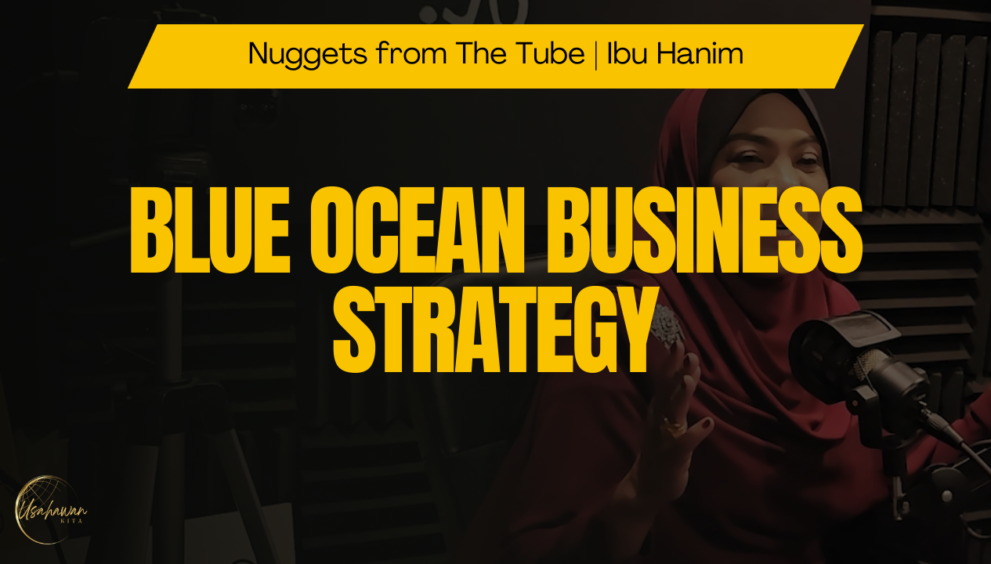The Blue Ocean Business Strategy

“Blue Ocean Strategy” is a business framework introduced by W. Chan Kim and Renée Mauborgne in their book titled “Blue Ocean Strategy: How to Create Uncontested Market Space and Make the Competition Irrelevant.” This strategy emphasises creating new market spaces that are free from direct competition, allowing businesses to thrive in untapped areas. In contrast, a “red ocean” represents crowded and highly competitive markets.
Key principles of Blue Ocean Strategy include:
1. Value Innovation: Rather than competing within existing markets, businesses seek to create new markets by simultaneously pursuing differentiation and lower costs. This is called “value innovation,” where innovation is focused on delivering unique value to customers while reducing costs through strategic choices.
2. Eliminate-Reduce-Raise-Create Grid: This tool helps businesses identify factors that can be eliminated, reduced, raised, or created to craft a new market space. By understanding what customers value and what they don’t, businesses can reshape their offerings accordingly.
3. Focus on Non-Customers: Blue Ocean Strategy encourages businesses to consider not only existing customers but also non-customers who might be underserved or overlooked by the current market offerings. This approach widens the potential customer base and creates new demand.
Ibu Hanim says, “ What do we need to do as a Blue Ocean business? We need to educate people that if they don’t use your service, they will die. It is a sense of urgency !”
4. Visualising Strategy: The use of visual tools, such as the “Strategy Canvas” and the “Four Actions Framework,” helps organisations visualise their strategy and identify areas of differentiation and innovation.
Ibu Hanim says, “ Imagine the companies that are struggling to do their tik tok, shorts or even a creative department. Did you… ”
5.Execution Matters: While the strategic concepts are important, effective execution is crucial. Implementing the strategy successfully requires aligning the organisation’s processes, systems, and people with the chosen blue ocean approach.
6. Continual Renewal: Blue Ocean Strategy is not a one-time endeavour. It requires ongoing assessment and adaptation as market conditions evolve. Businesses must continuously seek new ways to create value and stay ahead of competition.
Examples of companies that have successfully implemented Blue Ocean Strategy include Cirque du Soleil (which redefined the circus industry), Nintendo’s Wii (which broadened the gaming market), and Yellow Tail wine (which targeted a younger, more casual wine-drinking audience).
Blue Ocean Strategy is a departure from traditional competition-focused strategies and encourages businesses to think creatively and innovatively about how they can redefine market boundaries and create value in unique ways.
































